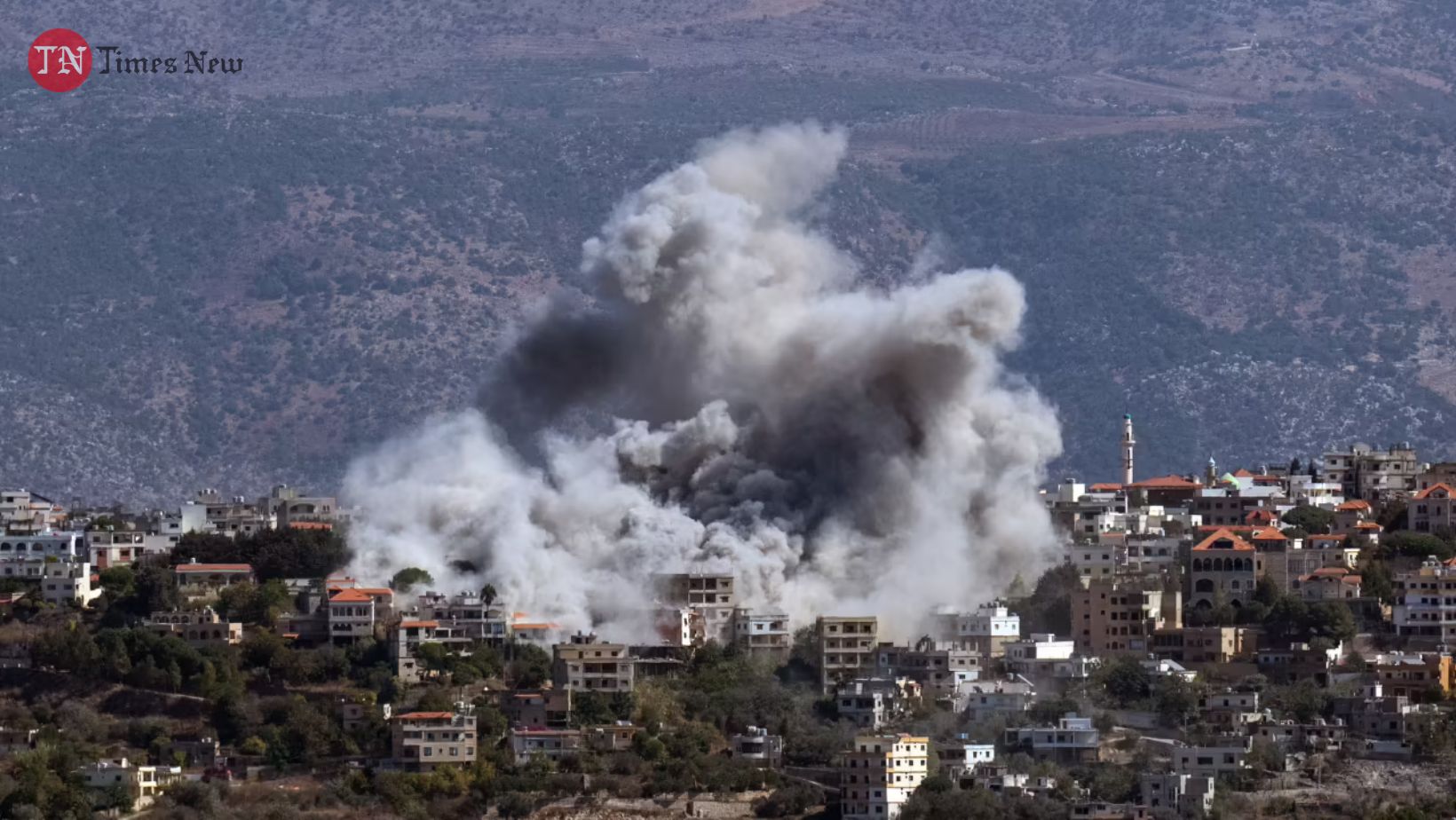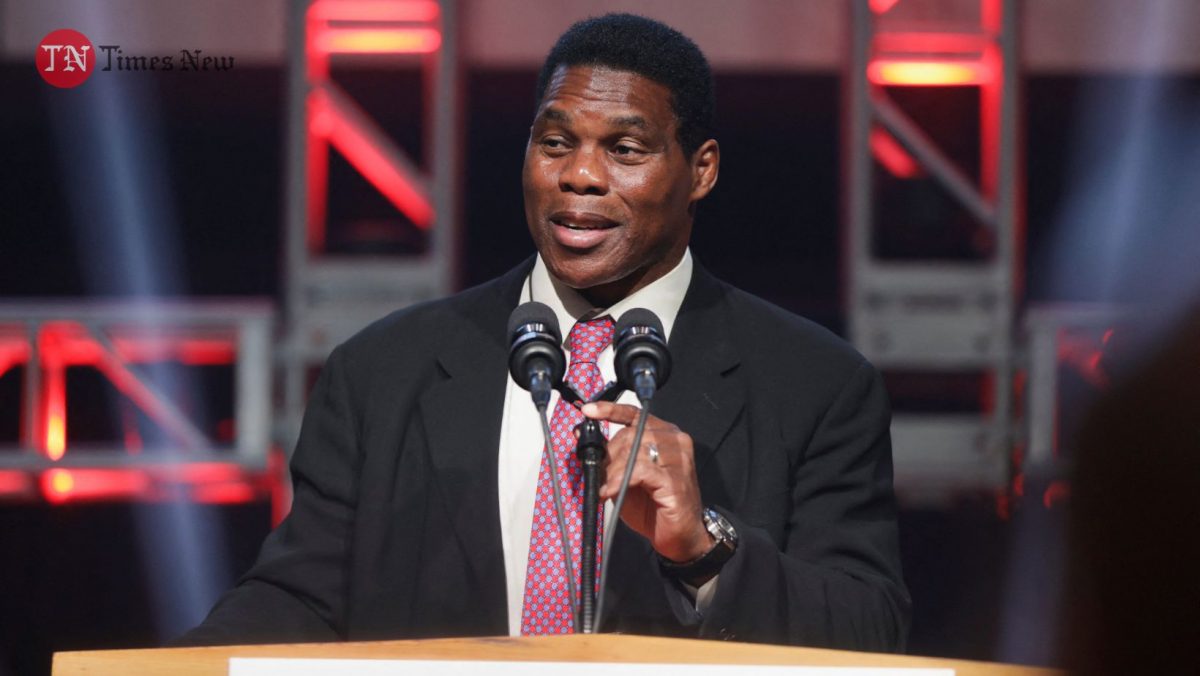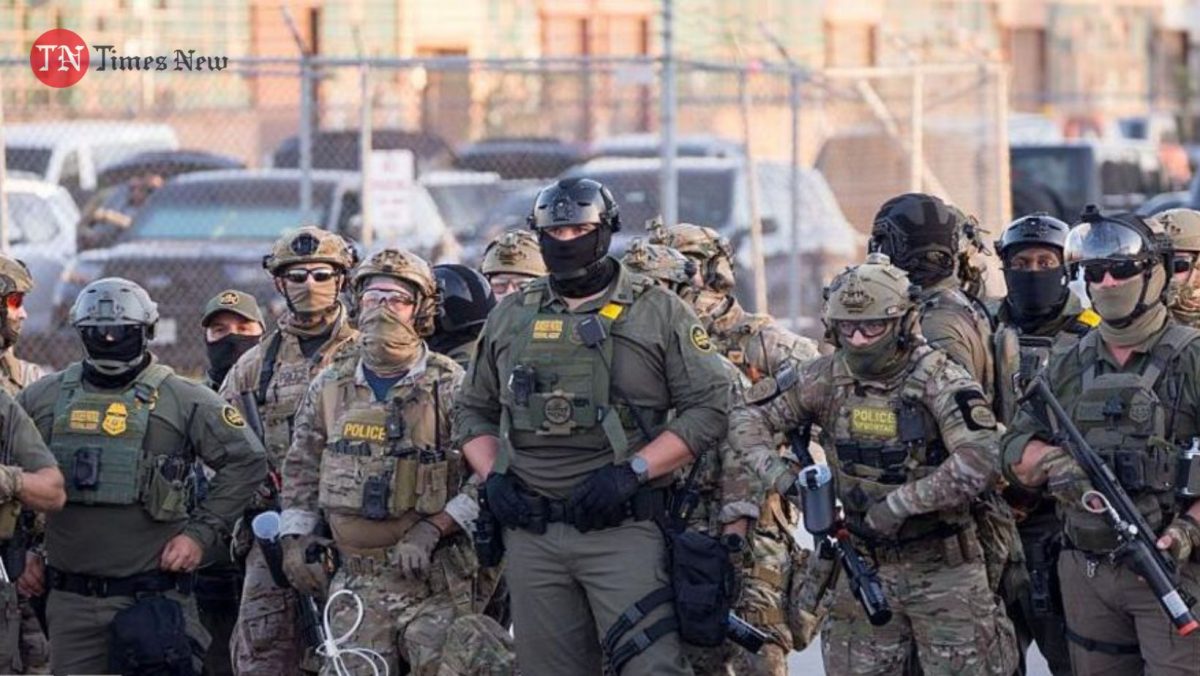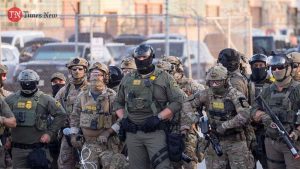
The conflict in the Middle East intensified on Monday as Israel launched a new wave of airstrikes on Iran, targeting missile, satellite, and radar installations, along with six airports to gain aerial dominance. This follows the weekend’s joint U.S.-Israel attacks on Iranian nuclear facilities, including the Fordo, Isfahan, and Natanz sites, which President Trump declared had been “completely and totally obliterated.” Iran retaliated by launching dozens of missiles at Israel, hitting locations in Haifa and Ashdod, and disrupting power supplies in southern regions.
While President Trump hailed the military success and insisted the strikes were intended to neutralize Iran’s nuclear threat, the International Atomic Energy Agency (IAEA) voiced concerns that Iran may have moved parts of its enriched uranium stockpile before the attacks. IAEA chief Rafael Grossi urged a return to diplomacy and inspections, warning that failure to re-engage could lead to “unthinkable levels” of violence and undermine the global nuclear non-proliferation regime.
Amid escalating rhetoric, U.S. Secretary of State Marco Rubio affirmed that Washington remains open to diplomacy but doubts Iran’s ability to move enriched materials undetected. President Trump hinted at regime change in Tehran, while Israeli leaders encouraged Iranians to rise against their government. As Iran’s Foreign Minister held talks in Moscow and the Revolutionary Guard warned of U.S. vulnerabilities, the U.S. State Department issued a global travel advisory, citing the heightened risk of anti-American sentiment.
Pic Courtesy: google/ images are subject to copyright









